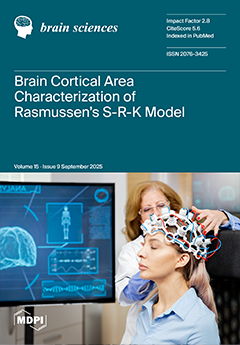Background: Vascular endothelial function is closely related to brain health, especially in individuals with cardiovascular risk factors. In a randomized, crossover clinical trial (NCT04121741), we have previously shown that 30 min of singing improves microvascular endothelial function in older adults with coronary artery disease. Here, we report on secondary and exploratory analyses, including (1) changes in cortisol and cytokine levels and their impact on vascular endothelial function, and (2) the impact of personal music experience on vascular function.
Methods: Participants had three study visits separated by 2–7 days, according to a randomized, researcher-blinded, crossover, controlled design: (1) a 30-min period of live singing with an in-person music therapist, (2) a 30-min period of singing along to an instructional video and (3) a 30-min rest (control). Primary outcomes included macrovascular endothelial function assessed by brachial artery flow-mediated dilation (BA FMD%) and microvascular function assessed by peripheral arterial tonometry [Framingham reactive hyperemia index (fRHI) and reactive hyperemia index (RHI)]. Exploratory outcomes included (log) changes in salivary cortisol and cytokine (IL-6, TNF-α, IL-1β, IL-8) levels. Participants were asked to complete the Brief Music Experience Questionnaire (BMEQ), a 53-item validated self-report questionnaire designed to measure an individual’s overall experience with music. The BMEQ assesses how people perceive, react to, and engage with music in various aspects of their lives.
Results: Sixty-five subjects (mean age 67.7 ± 6.6 years, 40% female) completed the study. Compared to those subjects completing the BMEQ (n = 31), there were no significant differences in age, sex, race, or presence of diabetes mellitus, hypertension, high cholesterol, heart failure, chronic kidney disease, or chronic respiratory disease in subjects who did not complete the BMEQ (n = 34). Total BMEQ score did not impact changes in BA FMD% (−3.49 ± 2.00,
p = 0.086), changes in fRHI (0.58 ± 0.93,
p = 0.535), or changes in RHI (0.73 ± 0.65,
p = 0.262). When we decompose the sum of squares based on intervention, sex, race, and age, the BMEQ score does not predict changes in vascular function measures. In cross-over analyses, there were no acute changes in salivary cortisol or cytokine levels with 30 min of singing compared to control. Changes in IL-8 were directly related to changes in microvascular endothelial function (0.470 ± 0.184,
p = 0.012 for RHI and 0.780 ± 0.248,
p = 0.002 for fRHI). Changes in TNF-α were inversely related to changes in fRHI (−0.547 ± 0.263,
p = 0.040). Changes in cortisol concentrations were not related to measures of vascular function.
Conclusions: The beneficial changes in microvascular endothelial function are not modified by personal music experience in older subjects with known coronary artery disease. There were no changes in salivary cortisol or cytokine levels after 30 min of singing compared to control.
Full article






